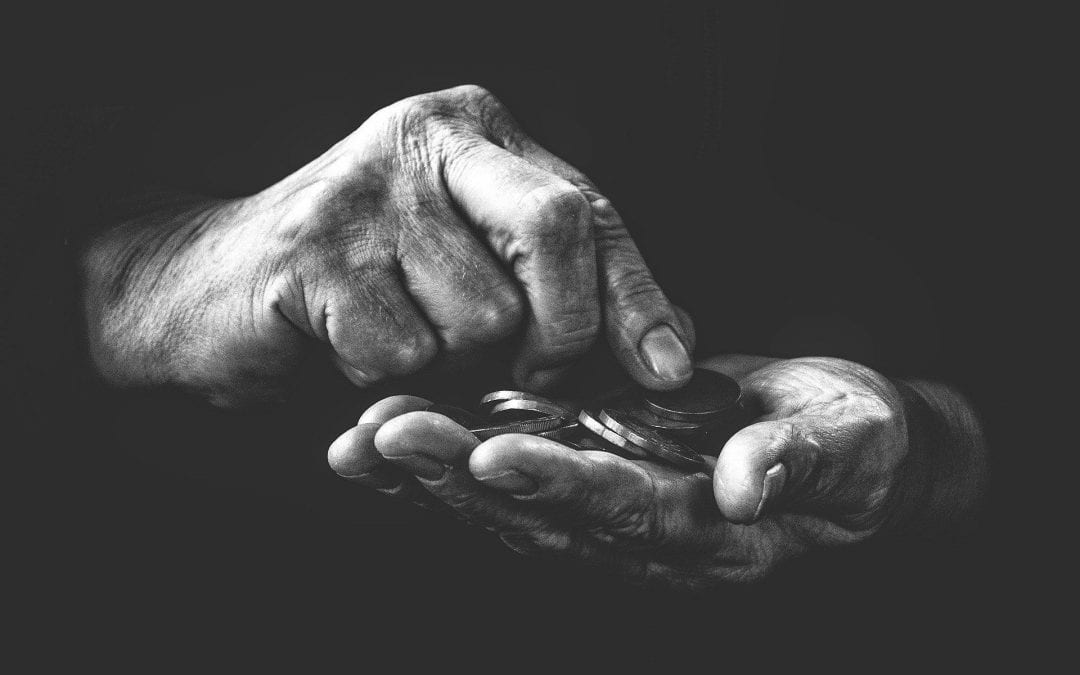By Susan St John –
When we rethink our economy and how we support citizens, we must end the 19th Century bias against those in relationships, writes the University of Auckland’s Susan St John
It is vital that all new welfare policies to cushion the Covid-19 downturn are consistent with desirable reform principles. But to begin, we must truly understand what we have been doing that is so wrong.
Let’s consider Amy and John who are two friends who flat together. They find themselves newly unemployed thanks to Covid-19 and have each been put on the jobseeker single benefit. On April 1, their benefits increase to $251 each per week because of the new link to wages, and the Covid-19 package $25 increase to core benefits. Together they have $502 per week. They can each earn $90 a week before they lose any of their benefit.
But while this is a real shock and may seem like an absurdly low income to Amy and John, if they are deemed to be in a ‘relationship’ they will each get only the lower married, de facto or civil union rate of $200.60. That’s right, this 19th century thinking means they have only $200.60 each, or a truly unlivable $401.20 a week between them. The Covid-19 policy of $25 a week increase has been responsible for widening the gap because it also treats them as an indissoluble whole, with the $25 increase split between them.
But why should Amy and John get $100 a week less for being a ‘couple’? Whether they are in a relationship or not, they have the same costs. Should relationship have anything to do with it in the 21st century? What possible justification is there for 20 percent less for Amy and John as a couple than Amy and John as flatmates?
They also have the same heating costs, yet Amy and John ‘single’ will get the increased Winter Energy Payment of $900 each. Amy and John ‘couple’ will get only $700 each. A household difference of $400 on an annual basis.
Over the course of the whole year, the penalty for Amy and John as a couple is $5600. Furthermore, when they earn any extra instead of being allowed a $90 per week exemption, each, before they lose the benefit almost dollar for dollar, they can have only $90 between them—any extra income that one has reduces the benefit of the other.
The penalty for a relationship, even a tenuous relationship is severe. Moreover, for singles the threat of investigation makes partnering appear very dangerous indeed. Amy and John run the risk of the fraud unit peering into every aspect of their lives, looking at bank statements, interviewing friends and former employers, checking social media and making their lives miserable, with the potential for demands for large repayments and even prosecution.
So, in rethinking principles as we try to cushion the Covid-19 shock, let’s think about what we want our society to look like. Amy and John had their own jobs and independent finances before Covid-19 struck. The principle here should be individual treatment – just like the tax system. This means rates of benefits, exempt income for abatement, winter energy payment must all be the same. Relationships in hard times are crucial to sustain wellbeing and should be encouraged and certainly not be penalised.
Poverty reduction is another key principle. CPAG modelling shows that the core married benefit rate is located well below the very lowest poverty line in New Zealand. Clearly the married person rate should be lifted with urgency to the single rate and each recipient’s benefit be independent of their relationship status.
A previous article drew on another key principle: that of protection of children’s basic needs. This requires the urgent rethinking of the announced policy on the ‘In Work Tax Credit’ see Covid-19: A Catch-22 for our most vulnerable , Newsroom March 30.
*Originally published in Newsroom. Republished with permission
Susan St John is Associate Professor of Economics at the University of Auckland Business School, Director of the Retirement Policy and Research Centre and a Research Associate at the Public Policy Institute.

